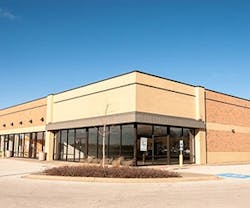Most Organizations Are Not Prepared for Climate Change
While the science shows that the future risks of climate change are serious, most organizations have not begun to take actions to mitigate the effects, says a new study. The report from Haley & Aldrich, an environmental and engineering consulting firm, highlights specific weaknesses and key vulnerabilities for a variety of markets and industries while also providing suggestions that can help decision makers get the preparation process started.
Over 30 organizations were polled as part of the study, covering markets such as universities, real estate, and city governments. Common organizational vulnerabilities include emergency management, aging infrastructure, and the possible aftereffects of extreme weather.
The report also includes recommended actions that can help organizations prepare for the effects of climate change:
1. Be proactive – While many improvements and changes are location-specific, the most important step is to get ahead of the issue by familiarizing yourself with climate projections, flood maps, and other tools to help you know what to expect in your area. Performing vulnerability and risk assessments can also give you a better idea of the most effective improvements for your organization.
2. Use available resources – Resiliency planning may not be a current project, but many organizations are already working on climate mitigation goals. Use opportunities like this as a stepping stone to bring resiliency into the forefront and make a case for proactive improvements.
3. Capitalize on the home field advantage – Chances are there are ecological resources near your buildings that can be used to help prepare for climate change, such as using tree cover to provide shade and reduce the heat island effect in heavily populated areas. Since every area is different, take a look at the resources around your facilities to find these “home field” improvements.
4. Include stakeholders – Engaging stakeholders both internally and externally can help make improvements a team effort. Supply chain partners are also a great opportunity and can be a valuable part of the planning process.
5. Use education to make the case – Make the case using hard numbers. Economic risk assessments, scenario planning, and other strategies should be front of mind so that you’re ready for every question and concern that can come up as part of the improvement process.
